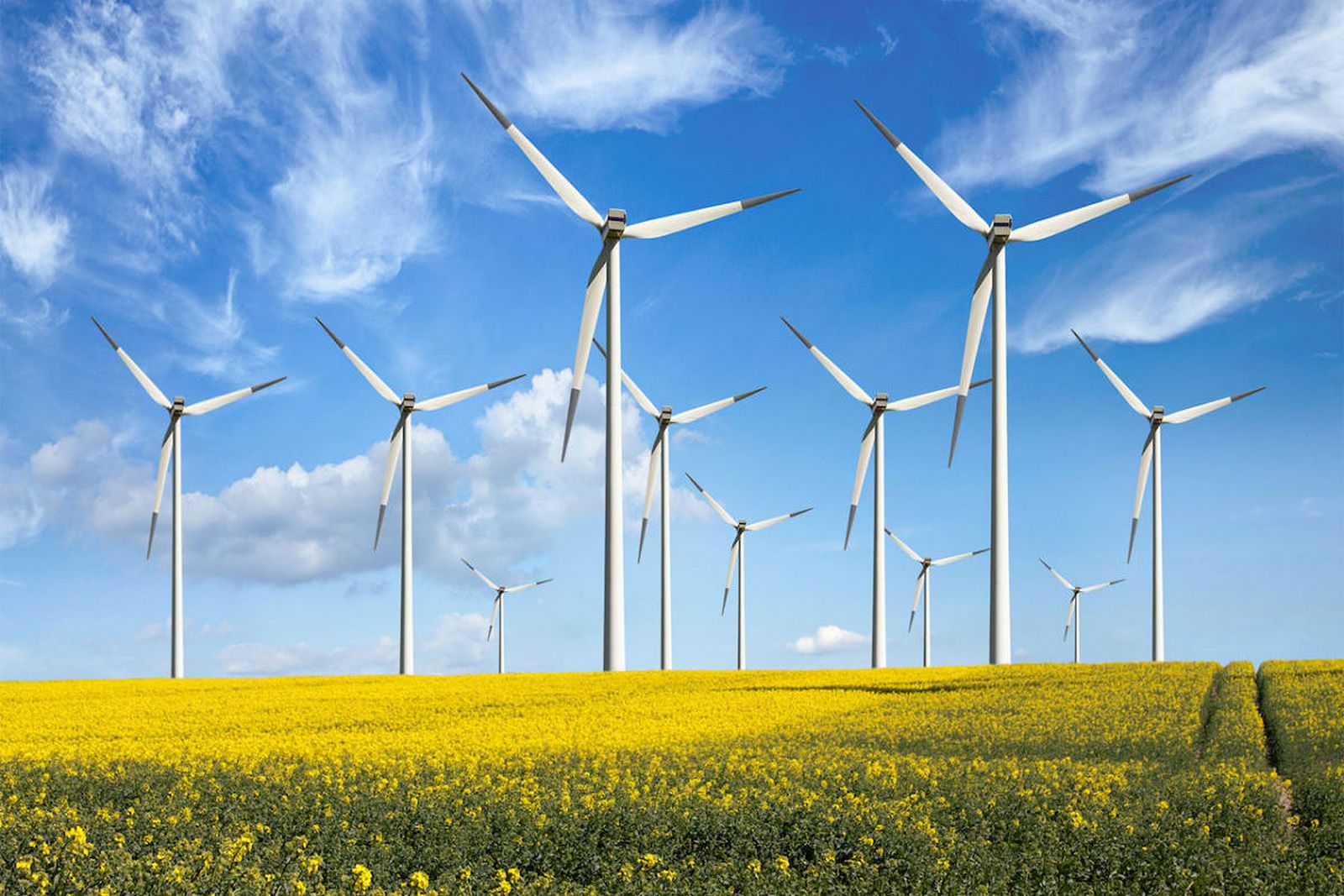
Electricity production from renewable sources is growing globally
07.08.2024European countries are showing significant progress in the development of renewable energy sources.
The Ukrainian Wind Energy Association writes about this on its Facebook page, based on reports from foreign analytical agencies.
In particular, according to a report prepared by the Ember think tank, in the first half of 2024, dependence on fossil fuels reached a historic low, despite the growth in demand for electricity and the return of prices to pre-crisis levels in 2019.
The share of electricity generated from renewable energy sources amounted to 40%, while the share of fossil fuels in the EU’s electricity balance fell to 37%. Almost half of the EU countries produce more electricity from wind and solar than from fossil fuels.
In contrast, electricity production from fossil fuels decreased by 17% compared to last year. In particular, production from coal decreased by 24% and from gas by 14%.
Reduced fossil fuel use and increased renewable energy capacity led to a 31% reduction in greenhouse gas emissions in the EU compared to the first half of 2022. However, to maintain this pace of green transition, clear policies are still needed to overcome barriers to the integration of wind and solar generation into the European energy system. One of the key challenges highlighted by Ember experts is the connection of renewable energy capacities to the grid. For example, in the EU alone, approximately 380 GW of renewable capacity is still awaiting permits.
Global demand for electricity is growing at an unprecedented rate. The International Energy Agency, which has updated its Global Electricity Balance report as of the first half of 2024, predicts that global electricity demand will grow by about 4% this year, the highest since 2007. This trend will continue in 2025.
In particular, the demand for electricity in India will grow by 8% due to rising economic activity, and in China – by more than 6%. In the United States, after last year’s recession, the market is expected to increase electricity demand by 3%. In contrast, in the EU, growth will be more modest – by 1.7 percent. This is due to two years of decline due to the energy crisis and COVID-19.
The total share of renewables in global electricity supply, according to IEA estimates, will increase from 30% in 2023 to 35% in 2025. At the same time, solar generation should satisfy half of the growth in global electricity demand over the next two years, and in total, RES should cover three quarters of the growing demand for electricity.
However, electricity generation from coal is unlikely to drop significantly in 2024 due to still strong demand in countries such as China and India. As a result, global carbon emissions from the electricity generation sector will increase slightly in 2024, but will decline rapidly starting in 2025.
Become a member of 100 RE UA
Switching to 100% renewable energy in Ukraine is possible!




